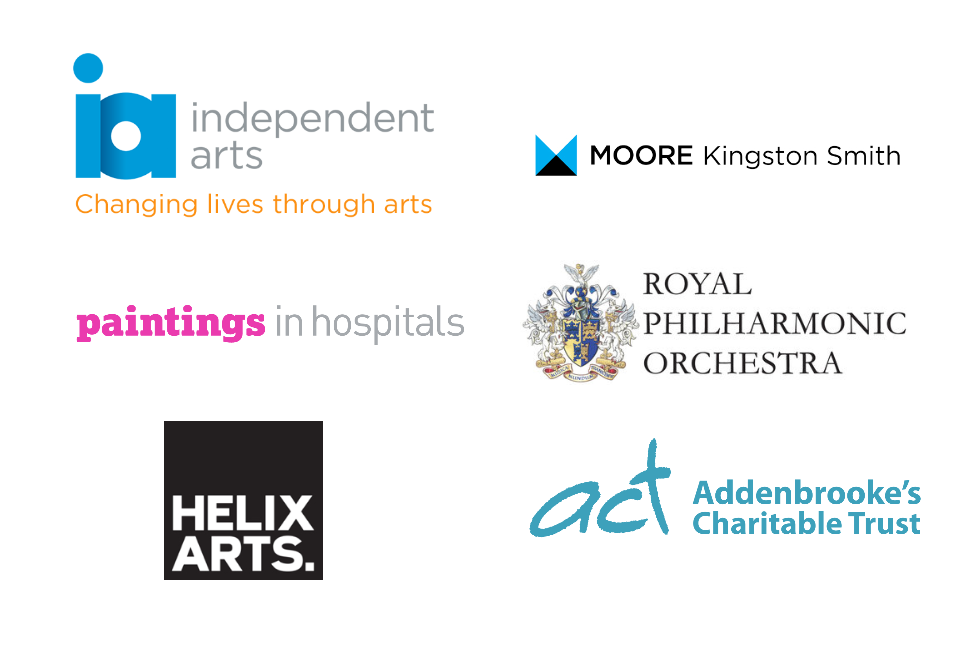This blog series explores our recently completed project, in partnership with Moore Kingston Smith (MKS), to develop an impact framework for a cohort of community-based project award-holders.
The Challenge
Our 2017-2020 strategic plan outlined our intention to support and enable community-based organisations to develop innovative, evidence-based and best practice ways of delivering care and support for older people. During this plan period, we funded 13 community-based organisations to deliver projects to improve the lives of older people. We aimed to support projects which could become self-sustaining, but we knew that for this to happen, additional support might be needed to enable these organisations to develop new capabilities and capacity. Therefore, another key aspect of our strategic plan was to work with award-holders to deliver capacity-building support. In this blog series, we outline our journey with a group of our award-holders in building an impact evaluation model to help equip them with a key tool to have in their toolkit when developing new services and revenue streams.
It is equally important for us to understand impact, to support our decision making and ensure we use our resources effectively. The sheer diversity of the projects we fund, from music therapy to delivering culturally appropriate end-of-life care to advice and advocacy makes it challenging for us to aggregate data on project outcomes and ultimately to understand and articulate the impact of our funding.
These challenges led us to think about whether it would be possible to identify outcomes that were common to the range of projects we had funded, as well as designing an impact evaluation model that could be used by our award-holding organisations?
Towards the end of 2018, we commissioned MKS to run an impact study with five of our award-holding organisations to address these questions. In our next post, we’ll be introducing you to the cohort…

